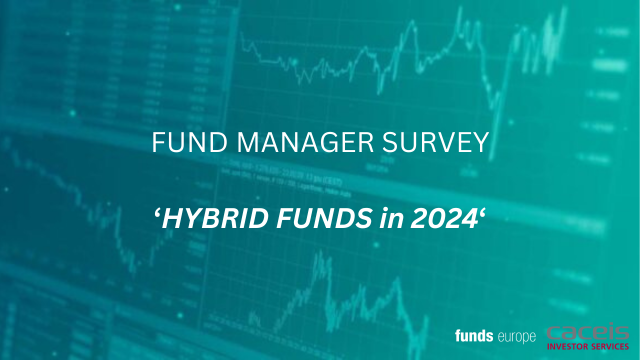Norton Rose Fulbright LLP Sophie Bertin, Miranda Cole and Jay Modrall explain what private equity firms need to know about the EU’s new Foreign Subsidies Regulation, which came into effect last month.
PE firms have a new regulation to comply with when dealing with an EU dimension. The new Foreign Subsidies Regulation (FSR) is truly game-changing, empowering the European Commission (EC) to review deals and impose remedies on companies that have received financial contributions from non-EU countries if those contributions threaten to distort competition in the EU. The objective of the FSR is to establish a level-playing field among competitors and to ensure that non-EU state support does not unduly favour recipients operating in the EU internal market.
What does the FSR change?
The FSR, which started to apply on 12 July 2023, is particularly relevant for private equity (PE) firms engaging in frequent transactions or whose portfolio companies engage in public procurement processes. It has two main pillars – first, the turnover of the involved entities or the value of the public contract and second, the concepts of Foreign Financial Contribution (FFC) and Foreign Subsidies (FS).
FSR notifications are required when the target or the Joint Venture (JV) generates EU revenues that exceed €500 million and the participants have received more than €50 million in combined FFCs over the previous three years. For EU public procurement tenders, the notification thresholds are much lower at €250 million for the contract and €4 million for combined FFCs.
When these thresholds are met, the fund or the portfolio company will have to notify the acquisition or the participation in the public procurement process. The EC will then assess whether the FFCs confer an advantage not available on the market, such that an FFC qualifies as a Foreign Subsidy (FS).
If the EC concludes that there is an FS and has sufficient indications that the FS may distort competition in the EU – for example, enabling the subsidized company to outcompete non-subsidized companies – it will open an investigation. If necessary, notifying parties can provide further information about the positive effects of the FFCs that help counterbalance potential distortion that the EC finds. They can also offer commitments, which the EC may accept as long as they fully and effectively remedy any negative impact of the foreign subsidy.
Should neither of these approaches be successful, the EC can impose measures to redress any distortion, including full repayment of the subsidy, business presence reduction, assets divestment, R&D results publication, and – in the worst case – unwinding of the acquisition.
What actions should PE firms be taking?
PE firms need to consider the implications of the FSR in their transaction planning and documentation. For example, while the EU Merger Regulation (EUMR) and FSR timelines are reasonably aligned, they may diverge significantly, given the likelihood that the focus of pre-notification discussions and any investigations will differ. This may need to be reflected in long-stop dates in transaction documentation.
Conditions precedent to closing may need to include FSR approvals, representations and warranties – and/or disclosure – to address FFCs. Risk management provisions relating to remedies, whether in the form of break-up fees or otherwise, will also need to reflect the potential measures that may be imposed under the FSR.
The FSR Implementing Regulation and its two Annexes set out what needs to be included in notifications. While all FFCs must be considered for the purposes of calculating the notification thresholds, further details of these will only need to be provided in certain cases.
PE firms will need to get a clear overview of the FFCs that they and their portfolio companies have received. To do that, they will need to identify the various types of interactions that their portfolio companies have with State and State-affiliated entities and the resulting type and value of FFCs received from each third country during the last three years – initially 2020-2022. This data will need to be updated on a rolling basis. It is also important to be able to explain the market conditions in which each benefit was conferred, the balancing positive effects and their contribution to EU goals.
The EC is also encouraging pre-notification discussions, where the approach and details of notifications – and potential waivers – can be discussed. One potential outcome of such discussions is that the amount of information that needs to be submitted with the notification may be reduced. Beyond that, they also provide an opportunity to better understand any sensitivities associated with the notification and to engage in a constructive discussion with the EC that may smooth the review once the formal notification is submitted.
© 2023 funds europe





